The Downlink • Aug 19, 2022
Cloudy with a chance of life
Space Snapshot
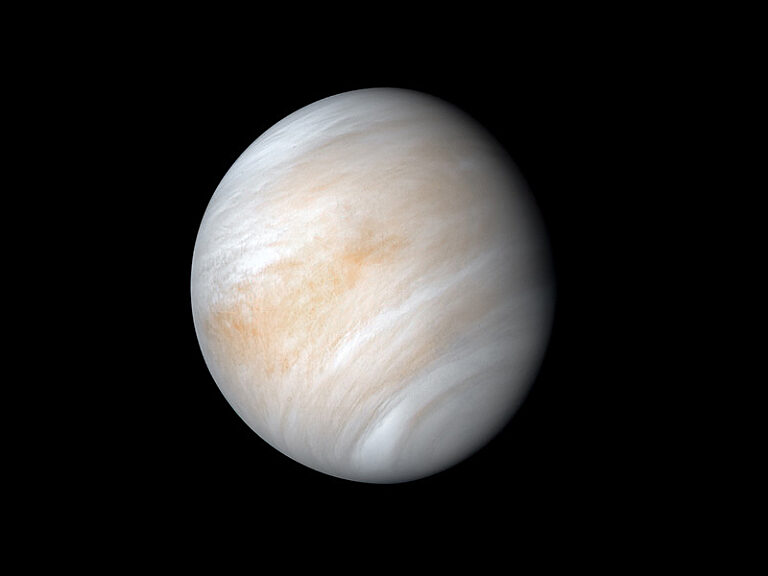
The atmosphere of Venus is a bit paradoxical. It makes the planet’s surface completely inhospitable to life, yet the atmosphere itself may be a place where microbes or humans could live in relative comfort (as we’ll explore in this issue). This UV image from NASA’s Mariner 10 spacecraft shows just how beautiful this enigmatic atmosphere is as well. Image credit: NASA/JPL-Caltech.
You love space, now take action
This weekly newsletter is your toolkit to learn more about space, share information with your friends and family, and take direct action to support exploration. Anyone can subscribe at planetary.org/connect to receive it as a weekly email.
Mission Briefings
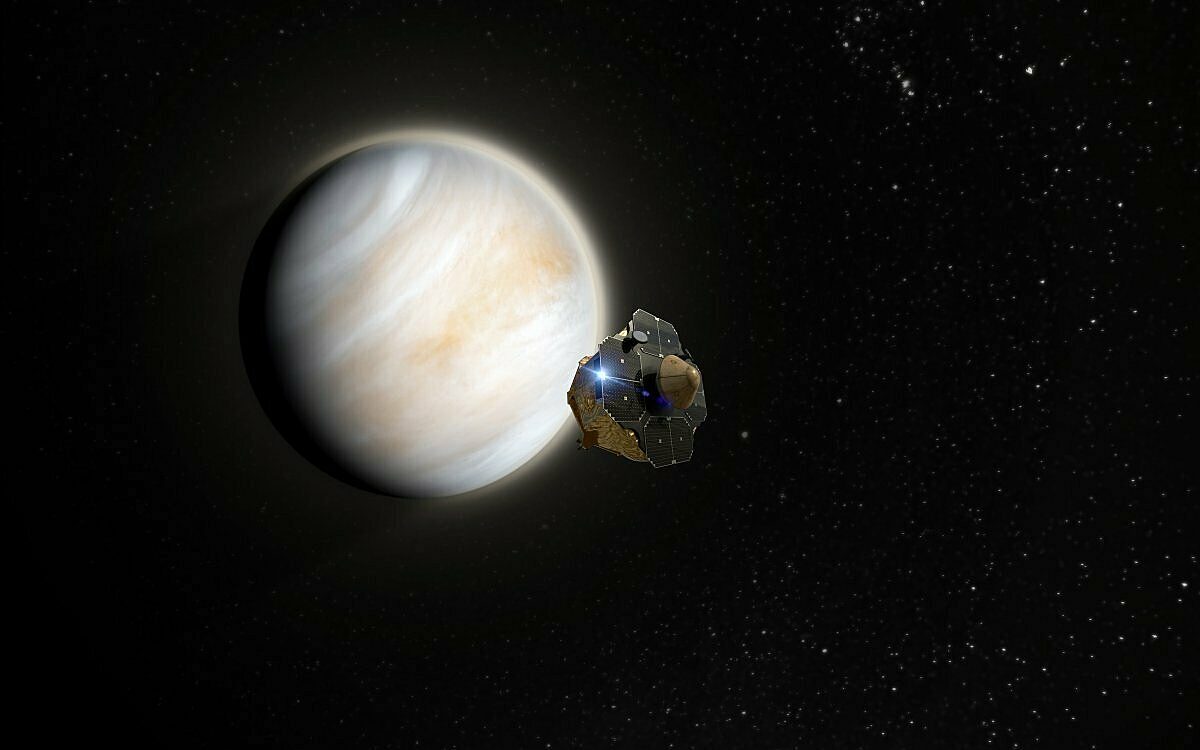

A private mission to Venus is coming together. Rocket Lab shared new details about its planned mission to search for evidence of life in the Venusian clouds, inspired by recent evidence that points to the possible presence of phosphine, a potential biosignature, in the planet’s upper atmosphere. Pictured: An artist’s concept of the spacecraft approaching Venus. Image credit: Rocket Lab.

The Space Launch System is ready at its launch pad. The enormous SLS rocket and its launch pad were rolled out of the Vehicle Assembly Building at NASA’s Kennedy Space Center in Florida, taking a 4.2-mile trip inch by inch. The rocket is due to launch an unpiloted Orion capsule on a voyage around the moon on Aug. 29.

Virgin Galactic further delays the start of commercial suborbital flights. The private space company says its SpaceShipTwo suborbital spaceplane needs upgrades to its carrier aircraft before it can fly tourists. The new start date is set for the second quarter of 2023.
From The Planetary Society
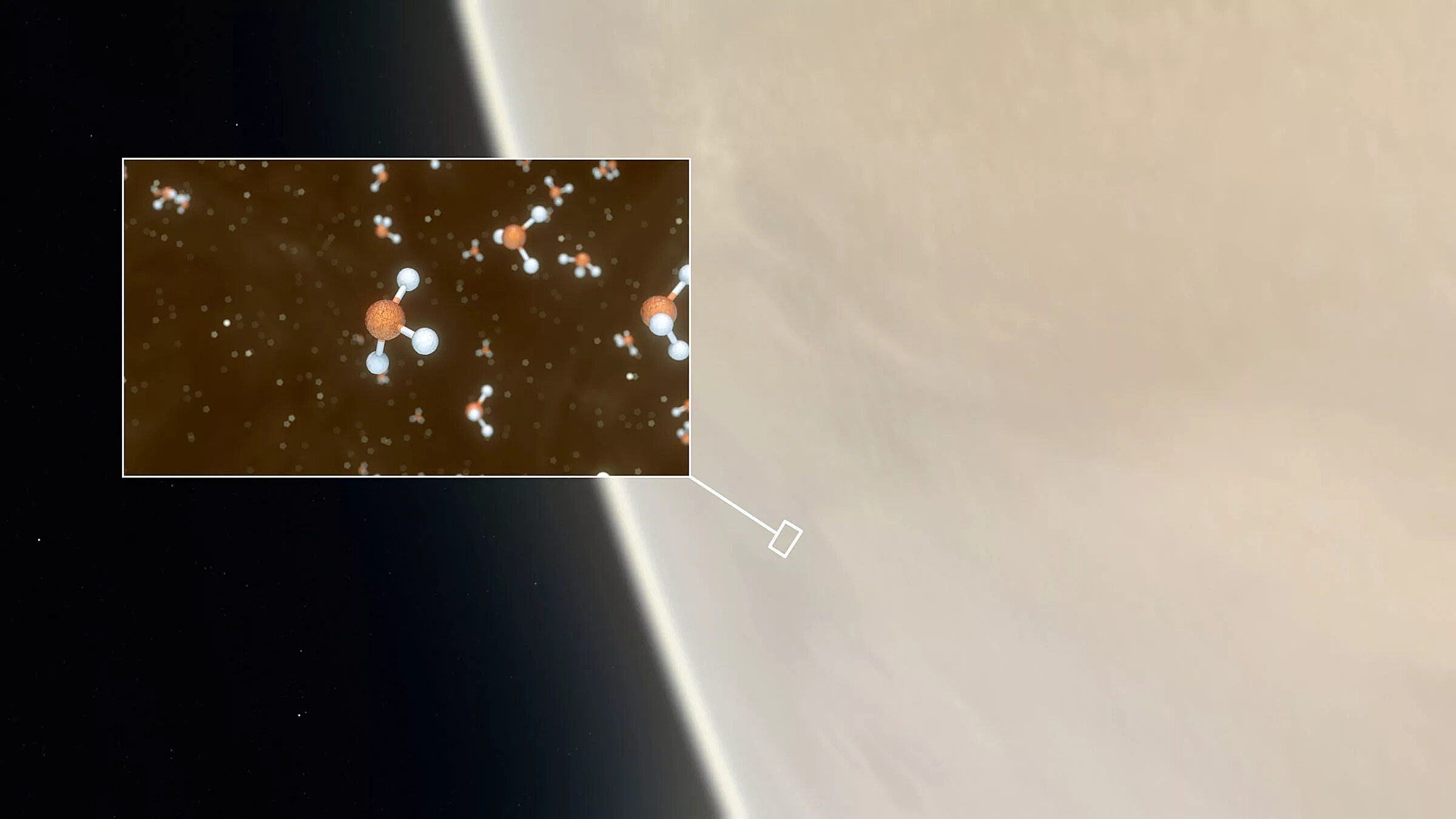

Could there be life in the clouds of Venus? There’s no direct evidence, but the possibility is intriguing. In 2020, Cardiff University astronomer Jane Greaves announced that her team may have found phosphine in the upper clouds of our neighboring world. Ever since, she’s been working to replicate these findings using other instruments. She joins this week’s Planetary Radio to share intriguing new data. Pictured: An illustration of the phosphine molecule and Venus’ clouds. Image credit: ESO et al.

Could there be life under the Martian surface? This is another big question in the search for life, one that the Mars Life Explorer (MLE) is designed to investigate. The proposed NASA stationary-lander would succeed InSight, which searched for evidence of tectonic activity on Mars, and Phoenix, whose scoop exposed subsurface ice. MLE would drill into Mars looking for water ice, take samples, and study them.
What's Up
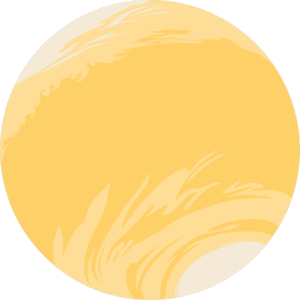
Saturn is bright in the eastern evening sky, rising around sunset and setting in the west around sunrise. Jupiter comes up in the east a little later, with reddish Mars rising around midnight. Venus is low in the east in the pre-dawn, shining very bright. Get the full scoop on what to look for in the August night sky.
Send your name and message to an asteroid!
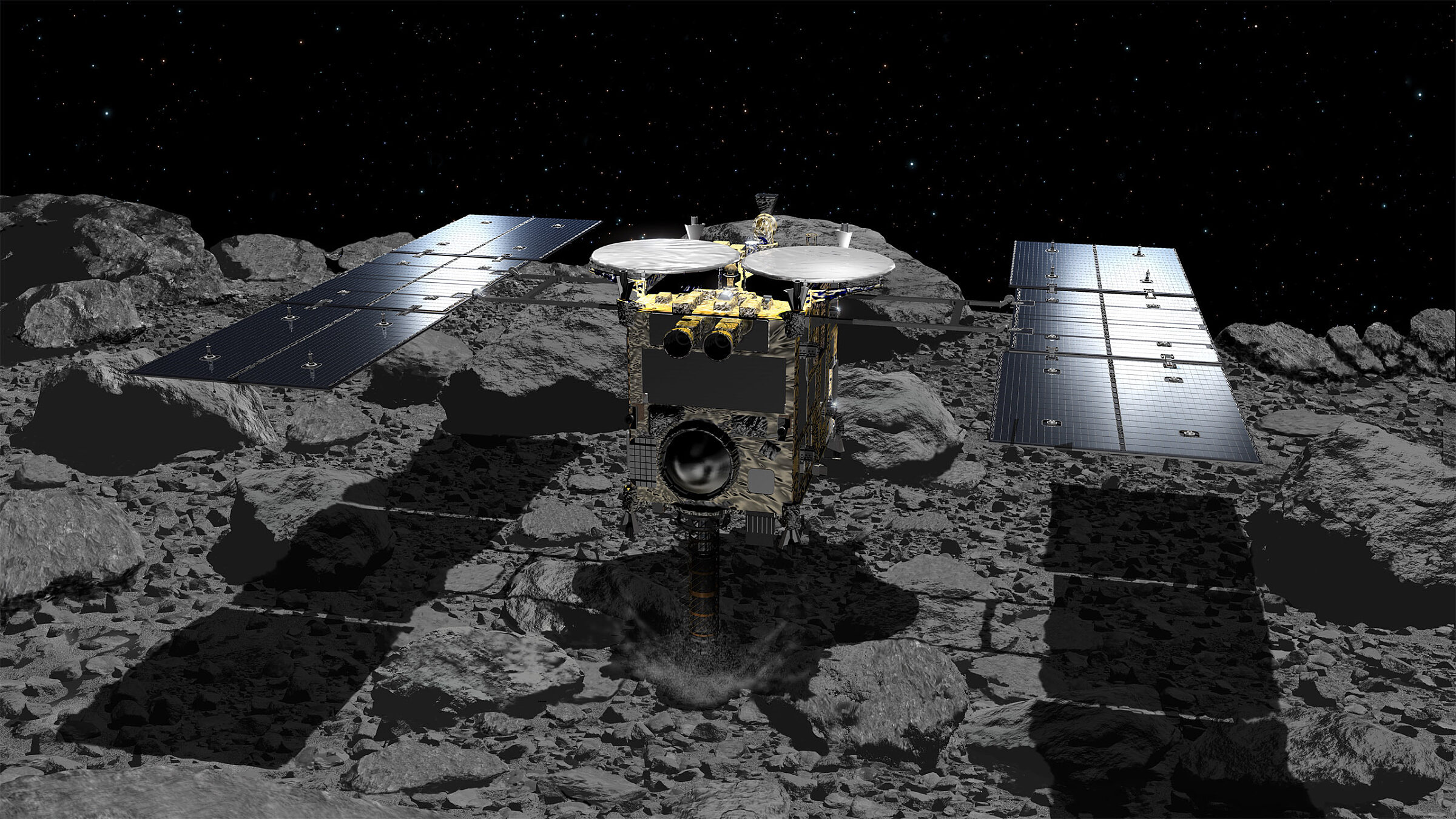
JAXA’s Hayabusa2 mission successfully returned a capsule with a sample of asteroid Ryugu to Earth in 2020. Now, the spacecraft is heading on a new journey through deep space to visit the rapidly rotating asteroid 1998 KY26, with a fly-by past asteroid 2001 CC21, on an extended mission called Hayabusa2♯.
JAXA is inviting the public to upload names and messages to the spacecraft to accompany it on this new mission. You can submit yours for free.
Thanks to previous campaigns, many Planetary Society member names already accompanied Hayabusa2 to Ryugu on the target markers the spacecraft dropped on the asteroid and inside the sample return capsule that returned to Earth in 2020. Pictured: An artist's concept of Hayabusa2 touching down on asteroid Ryugu to collect a sample. Image credit: Akihiro Ikeshita/JAXA.
Wow of the Week
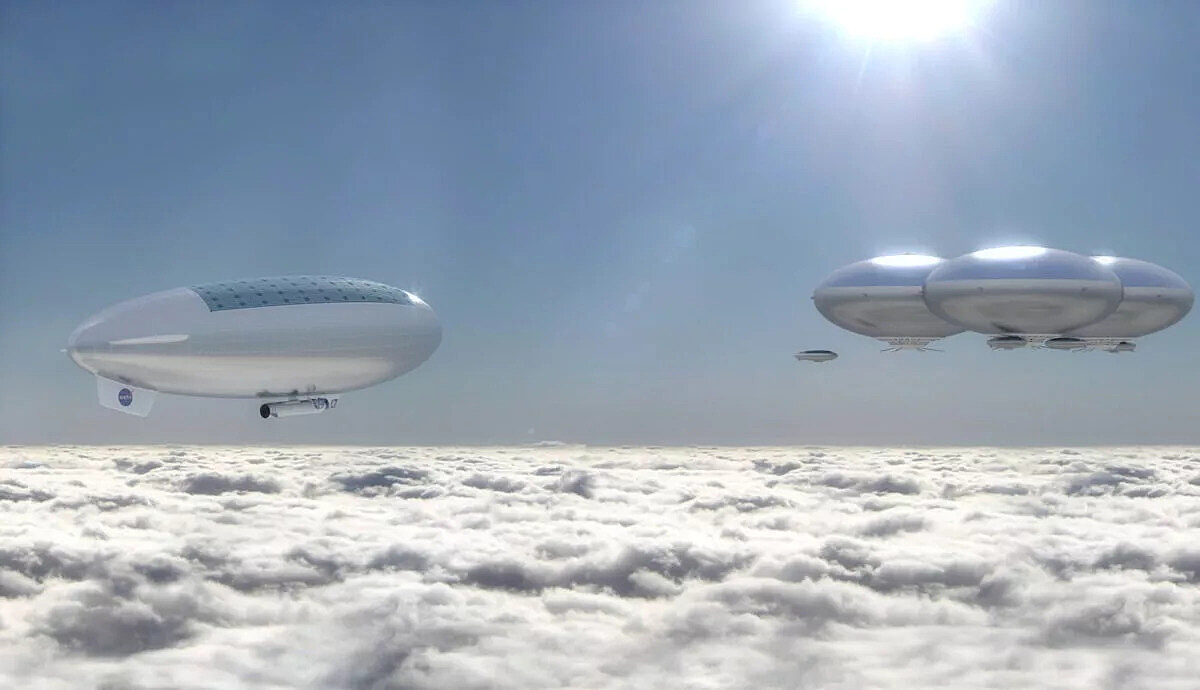
The clouds of Venus aren’t just potentially habitable for microbes. One NASA mission concept saw this location as a good spot to set up human settlements. The High Altitude Venus Operational Concept, or HAVOC, proposed a 30-day crewed mission into Venus's atmosphere aboard blimp-like airships. At an altitude of 50 kilometers the pressure, temperature, radiation levels, and gravity are similar to conditions on Earth. The HAVOC mission was proposed in 2015 to enable the study of Venus while also testing the possibility of larger-scale floating settlements in the Venusian clouds. Sadly, NASA has no plans to move forward with this mission. Pictured: An artist’s impression of the HAVOC airships that would carry astronauts and suites of scientific instruments. Image credit: NASA.
Send us your artwork!
We love to feature space artwork in the Downlink. If you create any kind of space-related art, we invite you to send it to us by replying to any Downlink email or writing to [email protected]. Please let us know in your email if you’re a Planetary Society member!


 Explore Worlds
Explore Worlds Find Life
Find Life Defend Earth
Defend Earth

